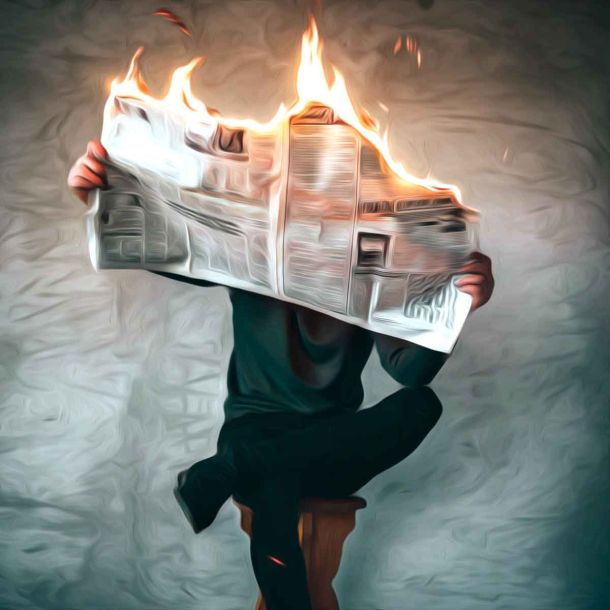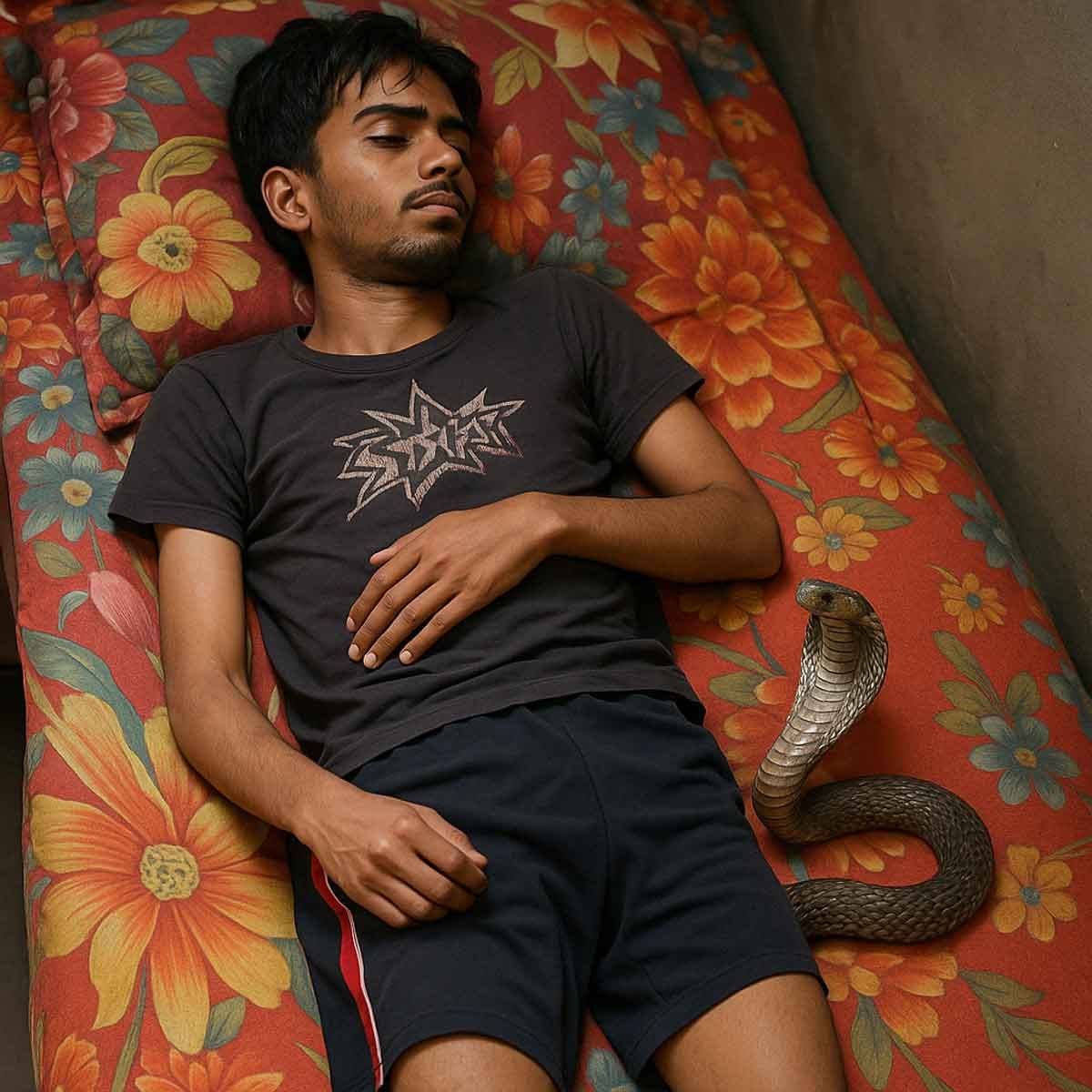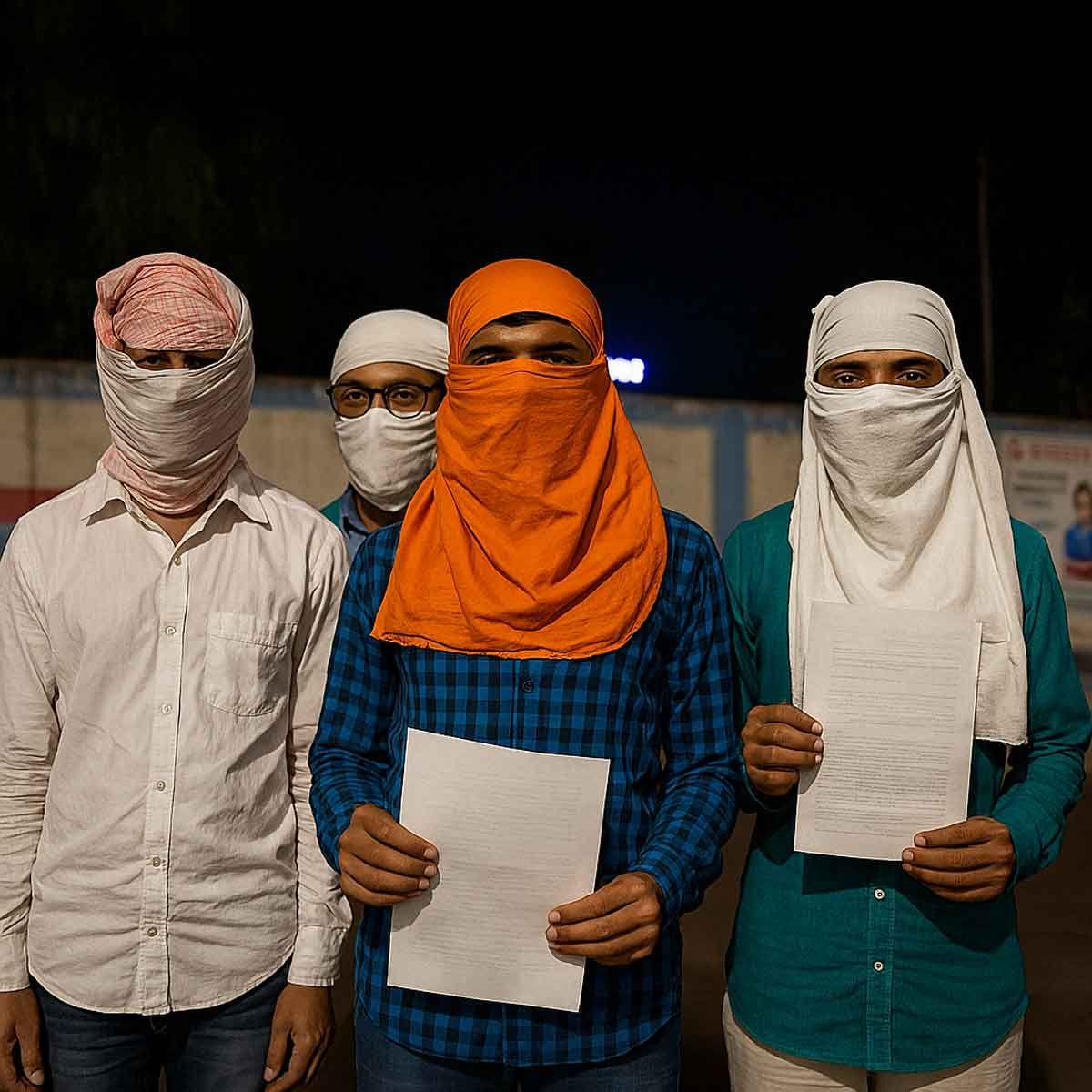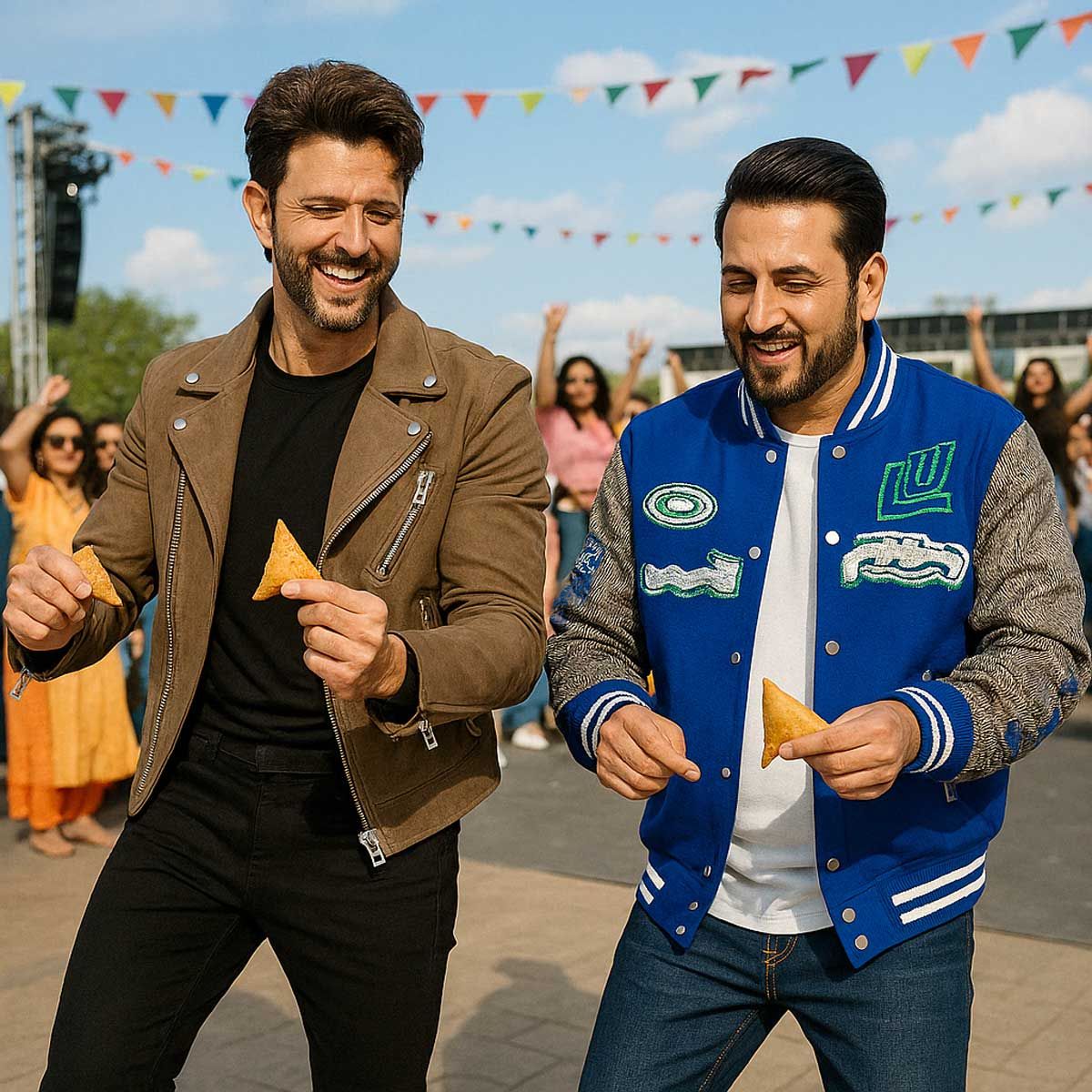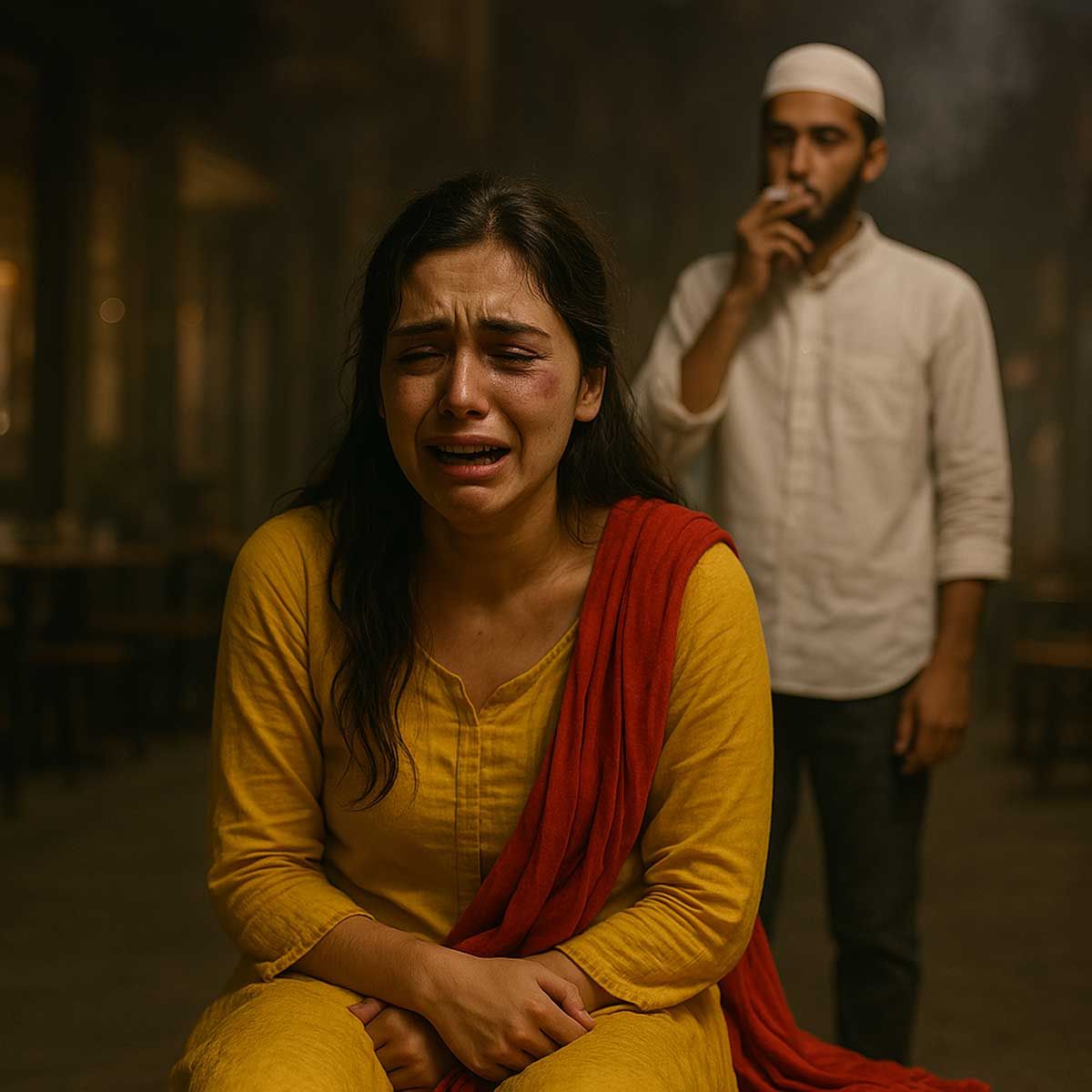More Coverage
Twitter Coverage
Satyaagrah
Written on
Satyaagrah
Written on
Satyaagrah
Written on
Satyaagrah
Written on
Satyaagrah
Written on
JOIN SATYAAGRAH SOCIAL MEDIA
"Grant what thou commandest and then command what thou wilt": India's military set for a historic revamp - The first test-bed ITC slated for a debut this August, revolutionizing the armed forces' structure, other commands to follow ‘One Border One Force’
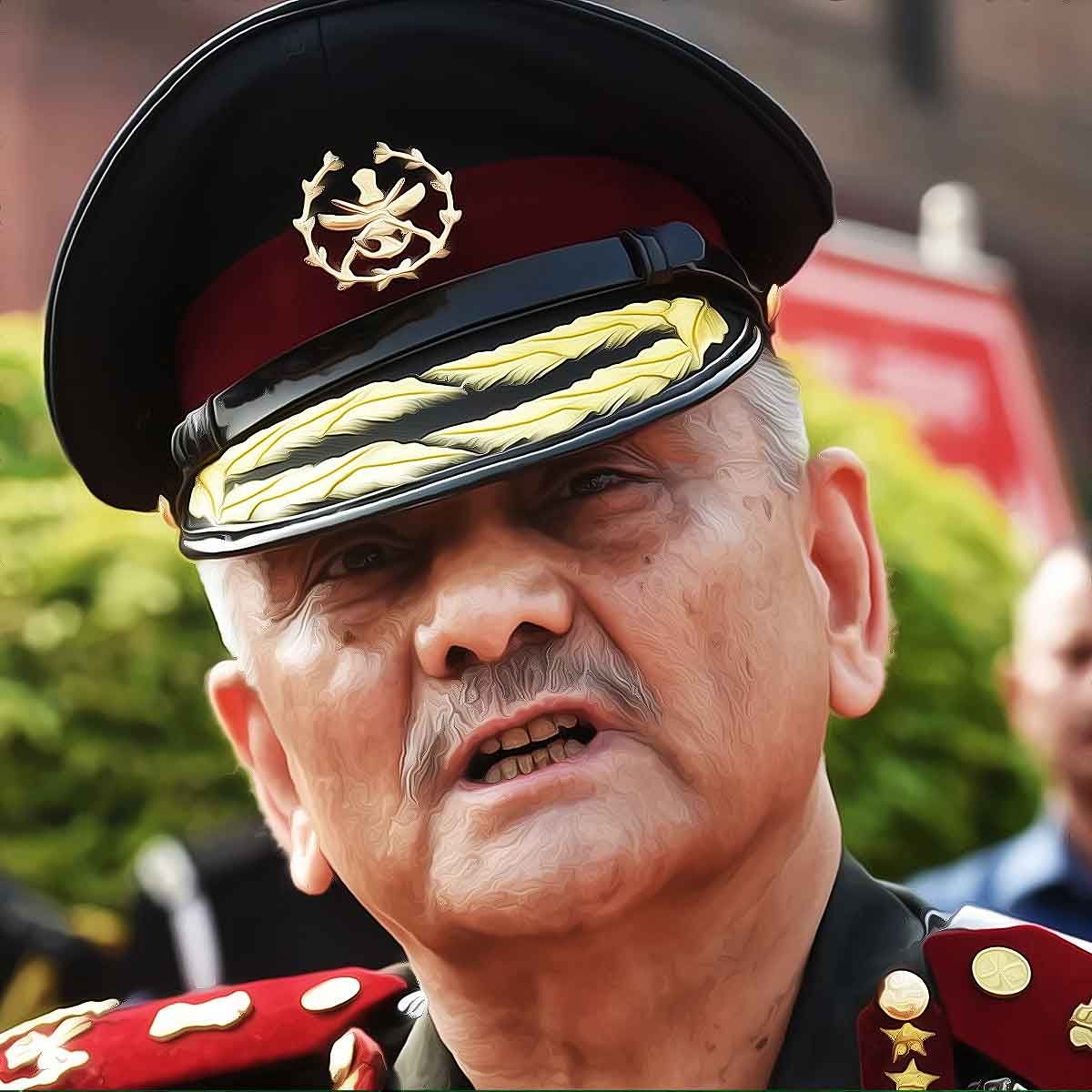
Gear up, because we're about to delve into a colossal transformation that's about to sweep over India's military landscape! For the first time since the country gained independence, we are on the brink of a monumental shift in the way our armed forces operate. We're not just talking about a small tweak here and there; we're talking about the introduction of the first-ever Integrated Theatre Command (ITC). It's as groundbreaking as it sounds – a completely new military framework that will bring the Army, Navy, and Air Force together in an unprecedented manner. The anticipation is palpable!
|
But what exactly is the Integrated Theatre Command (ITC) and why is it such a big deal? Picture it like this: Currently, the three branches of our armed forces – the Army, Navy, and Air Force – each have their own separate commands. The ITC is set to change all that. The South Western Command, headquartered in Jaipur, will lead the charge by becoming the first theatre command. This is a game-changer, folks!
The South Western Command isn't just the first in line, it's also going to serve as the 'test-bed' or 'guinea pig' ITC. This means that it will be used to identify any potential issues, solve them, and then apply those fixes to future commands. It's a smart, systematic approach, ensuring that subsequent commands benefit from any lessons learned. Once Jaipur has led the way, Lucknow will step up to the plate as the next ITC, followed by the Maritime Theatre Command in Karwar, Karnataka. The latter will be entrusted with the critical task of managing all coastal and maritime operations.
And when can we expect this groundbreaking shift to take place? Well, we're anticipating the grand announcement to be made on none other than Independence Day. It's a fitting date for such a historic moment in India's military history, don't you think?
The cornerstone of this entire overhaul is an idea that's as simple as it is powerful: 'One Border One Force.' This principle means that the Western Integrated Theatre Command will bear the responsibility for defence and security concerning Pakistan, and the Northern ITC, based out of Lucknow, will manage the defence of our northern border with China.
|
But here's the genius behind this strategic shake-up: we're not creating any additional posts or ranks for this new setup. Instead, we're merely reshaping the existing command structure. Currently, our armed forces operate with 17 independent commands distributed among the Army, Air Force, and Navy (seven in the Army and Air Force each and three in the Navy).
And if you're wondering whether this concept of integrated commands is something unique to India, here's a fascinating tidbit: China actually undertook a similar move in 2016. They reorganised their seven military regions into five theatre commands, with one of them now being responsible for their border with India.
So, who's going to helm this revolutionary shift in our military structure? The top spot of Theatre Commander is set to be occupied by a Lieutenant General. Who's in the running for this prestigious post? As of now, the front-runners are Lt Gen RP Kalita, who's currently the highest-ranking officer in line, and Lt Gen Baggavalli Somashekar Raju, the serving South Western Command Commander. Once appointed, their retirement age will increase from 60 to 61 years.
This momentous change was kickstarted with the establishment of the Department of Military Affairs back in 2019 and the appointment of General Bipin Rawat as the Chief of Defence Staff. His primary mandate was the creation of the Theatre Command. Tragically, his untimely demise in a terrible accident in December 2021 led to a delay in the process. But we're back on track now, pushing ahead with this transformation, which promises to herald a new era for our armed forces!
|
Integrated Theatre Commands of the Indian Armed Forces
Following Independence, India set up a Joint Services Wing, commissioned in 1949, to train cadets before they would go on for further training in their respective service institutions. By 1954, the Joint Services Wing would go on to become the National Defence Academy, the first tri-service academy in the world. The Defence Services Staff College was also converted to a fully integrated institution by 1950.
In 1960 the National Defence College was commissioned and in 1970 the College of Defence Management. This joint educational framework that brought officers together at different stages of their careers has been beneficial in increasing inter-service camaraderie.
In his book, "My Years with the IAF", Air Chief Marshal (Retd) P. C. Lal wrote that, "The Bangladesh war demonstrated that the three Services working closely together were strong and decisive in their actions. Inter-Services cooperation was indeed the most important lesson of that war." However Air Marshal Vinod Patney pointed out that one of India's first experiences with jointness did not work out so well.
|
He writes that India had attempted to try out a Theatre Commander during the initial stages of the Indian intervention in the Sri Lankan Civil War with the deployment of the Indian Peace Keeping Force. However, after helicopters were sent on missions without proper advice resulting in avoidable loss to life and machinery, air and naval assets were once again positioned under respective air and naval commanders. Under this structure, the operations continued till the end of the peacekeeping operations in 1990.
Following the Kargil War in 1999, the Kargil Review Committee was set up to review where India went wrong during the limited war with Pakistan and suggest changes to the security apparatus accordingly. Subsequently, a Group of Ministers was formed and in turn four task forces. Among the numerous recommendations suggested were "integration of the services both with each other and with the Ministry of Defence, the creation of a chief of defence staff and joint operational commands".
A Manohar Parrikar led Ministry of Defence appointed committee of experts, chaired by Lt General (retd) DB Shekatkar, submitted its report in December 2016. Among the recommendations of the Shekatkar Committee was the creation of three integrated theatre commands
 Support Us
Support Us
Satyagraha was born from the heart of our land, with an undying aim to unveil the true essence of Bharat. It seeks to illuminate the hidden tales of our valiant freedom fighters and the rich chronicles that haven't yet sung their complete melody in the mainstream.
While platforms like NDTV and 'The Wire' effortlessly garner funds under the banner of safeguarding democracy, we at Satyagraha walk a different path. Our strength and resonance come from you. In this journey to weave a stronger Bharat, every little contribution amplifies our voice. Let's come together, contribute as you can, and champion the true spirit of our nation.
 |  |  |
| ICICI Bank of Satyaagrah | Razorpay Bank of Satyaagrah | PayPal Bank of Satyaagrah - For International Payments |
If all above doesn't work, then try the LINK below:
Please share the article on other platforms
DISCLAIMER: The author is solely responsible for the views expressed in this article. The author carries the responsibility for citing and/or licensing of images utilized within the text. The website also frequently uses non-commercial images for representational purposes only in line with the article. We are not responsible for the authenticity of such images. If some images have a copyright issue, we request the person/entity to contact us at This email address is being protected from spambots. You need JavaScript enabled to view it. and we will take the necessary actions to resolve the issue.
Related Articles
- “It is God’s duty to forgive the enemies, but it’s our duty to convene a meeting between the two”: Modi government allows Indian defence forces to get emergency powers to acquire critical weapon systems through a fast-track route without the MoD approval
- "As a young citizen of India, armed with technology and love for my nation, I realize, a small aim is a crime": Recurring incidents of MiG-21 plane crash forced IAF to retire 51 Squadron Mig-21 Bison aircraft by Sept this year and the entire fleet by 2025
- Most wanted terrorist Lashkar-e-Taiba commander Yousuf Kantroo eliminated in Baramulla encounter: Also known as Issah, he was involved in several killings of civilians and Security Forces personnel
- Agniveer Scheme: 'Balancing act between the interests of Past, Present and Future', here is all you need to know about the age criteria, salary, facilities, process and more for the recruitment of youth in the Indian Armed Forces
- "This will remain the land of the free so long as it is the home of the brave": Indian Army to operate with a plethora of AI-aided equipment with improved operational success and a decrease in fatalities, MoD using at least 75 AI products and technologies
- "21 new roads, 64 bridges, tunnels, airstrips & helipads": India fortifies its frontier, unveiling mega projects along the China border, heralded by Raksha Mantri Rajnath Singh, not only amplifying national security but fostering connectivity and unity
- India’s first Chief of Defence Staff General Bipin Rawat dies in helicopter crash: All you need to know
- "In the new era, thought itself will be transmitted by radio": Indian Army excited for home-grown ‘Tactical LAN Radio’ - a state-of-the-art high bandwidth backhaul wireless radio equipment for the provisioning of reliable and failsafe communication
- A major boost to India’s defence system, the Philippines has accepted BrahMos Aerospace Pvt Ltd’s proposal worth USD 374.9 million: India’s proposal to supply Brahmos anti-ship Missile System gets green signal
- IAF's MiG-21 crashes in Rajasthan's Barmer district, both pilots dead; Rajnath Singh dials Air Force Chief, a court of Inquiry has been ordered to ascertain the cause of the accident
- "वर्दी वाला गुंडा": Odisha Police removed Ankita Pradhan's bra, kicked her in the chest, molested her, and falsely framed Indian Army Captain Gurvansh Singh in a drug case, turning their plea for justice into a horrifying ordeal of violence & humiliation
- Indian Army pacing towards self-reliance under 'Atmanirbhar Bharat Abhiyaan’ campaign: Indigenisation of defence manufacturing is helping to build a new and strong India to keep neighbour aggression in check
- "Mind, once stretched by a new idea, never returns to its original dimensions": Indian Army received the patent for the ‘Accident Prevention System based on Artificial Intelligence’ developed indigenously by Research & Development within the organisation
- "What can a soldier do when mercy is treason, and he is alone in it?": Chinese troops abducted and killed a selfless Indian Army medic who saved lives of several wounded Chinese soldiers in Galwan clashes, had saved 30+ Indian soldiers lives too
- 'Himveers' from Indo-Tibetan Border Police unfurled the national flag at 15000 feet above the sea level braving inhospitable conditions at -40C in Ladakh: Watch ITBP soldiers celebrating the 73rd Republic Day






